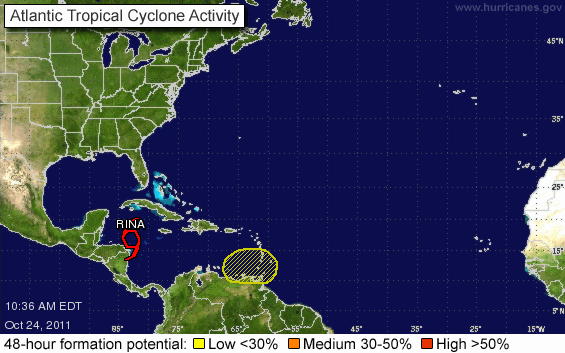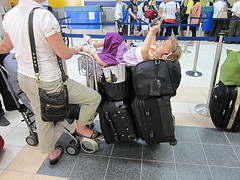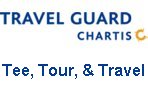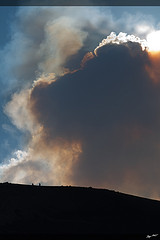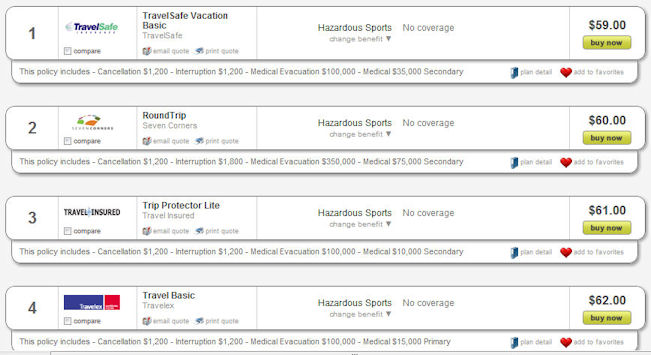It’s been a relatively mild hurricane season this year, and just as the season draws to a close, the National Weather Service National Hurricane Center warns that Tropical Storm Rina is forecasted to become a hurricane tomorrow, Tuesday October 25th.
Rina’s current location is about 190 Miles (305 KM) southwest of Grand Cayman. Rina features maximum sustained winds of 45 MPH (75 KM/H). Present movement is toward the northwest.
(Click the image above to read the current forecast advisory.)
Those traveling on the east coast of the Yucatan Peninsula and the adjacent islands should monitor Rina’s progress. Read more hurricane season travel tips and do keep an eye on this last gasp for the 2011 Hurricane Season if you’re traveling that way.

